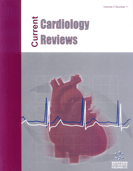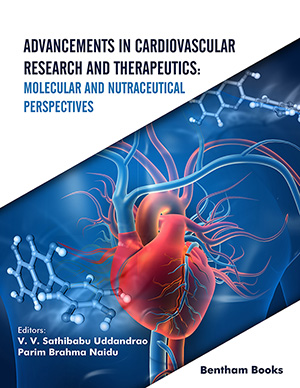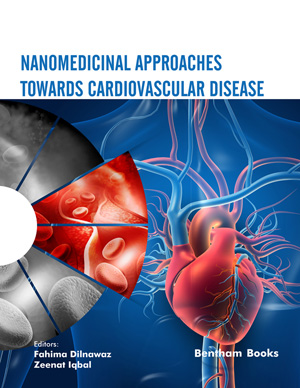Abstract
The stretch of cardiac muscle increases developed force in two phases. The first phase, which occurs rapidly, constitutes the well-known Frank-Starling mechanism and it is generally attributed to enhanced myofilament responsiveness to Ca2+. The second phase or slow force response (SFR) occurs gradually and is due to an increase in the calcium transient amplitude as a result of a stretch-triggered autocrine/paracrine mechanism. We previously showed that Ca2+ entry through reverse Na+/Ca2+ exchange underlies the SFR, as the final step of an autocrine/paracrine cascade involving release of angiotensin II/endothelin, and a Na+/H+ exchanger (NHE-1) activation-mediated rise in Na+. In the present review we mainly focus on our three latest contributions to the understanding of this signalling pathway triggered by myocardial stretch: 1) The finding that an increased production of reactive oxygen species (ROS) from mitochondrial origin is critical in the activation of the NHE-1 and therefore in the genesis of the SFR; 2) the demonstration of a key role played by the transactivation of the epidermal growth factor receptor; and 3) the involvement of mineralocorticoid receptors (MR) activation in the stretch-triggered cascade leading to the SFR. Among these novel contributions, the critical role played by the MR is perhaps the most important one. This finding may conceivably provide a mechanistic explanation to the recently discovered strikingly beneficial effects of MR antagonism in humans with cardiac hypertrophy and failure.
Keywords: Myocardial stretch, slow force response, Anrep effect, mineralocorticoid receptor, reactive oxygen species, Na+/H+ exchanger activation.


















